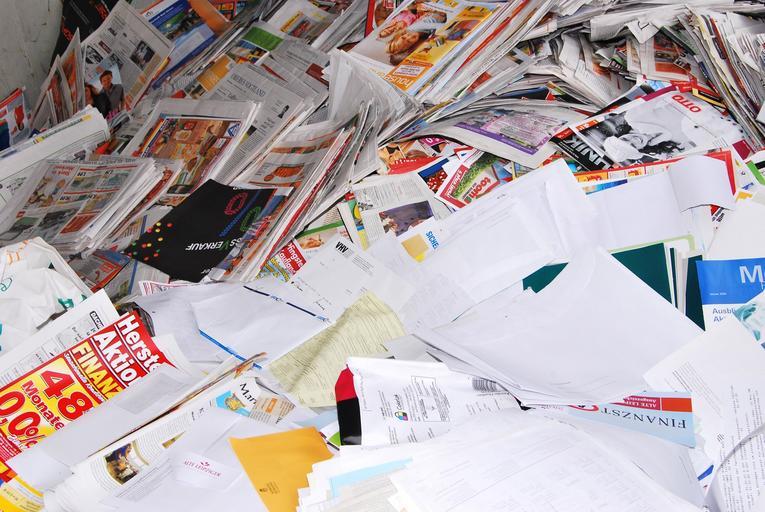
DIY Paper
Reusing old paper to make your own and understand the fibres that make and break it.
Reusing old paper to make your own and understand the fibres that make and break it.
Some chemical reactions give out heat energy, others need extra to work. Observe changes in temperature that happen with experiments and learn about exothermic and endothermic reactions.
The iodine clock reaction investigates how mixtures at different temperatures and concentrations influence the rate at which two components combine.
The formation of lather on the addition of soap with water is an easy and practical method for a comparative review on water hardness.
Create crystal-coated structures using just pipe cleaners and Borax solution.
In this experiment you are going to be amazed at the diversity of microorganisms growing on your hands (and you can finally learn why your parents nag you to wash your hands before you eat)!
Pennies lose their shine after a while. This experiment explains what causes the dull colour on coins and how to make your pennies bright again.
Are you a messy eater? Then I am sure that you stain your clothes a lot. But how do these tough stains get removed? Let`s find out!
This educative experiment is aimed to raise awareness about the devastating effects of ocean acidification on shelled marine organisms.
An edible sweet science experiment! The idea is to grow your own sugar crystals by dissolving sugar in warm water and leaving it to cool.
To study DNA, scientists just like you have to first extract it from the cells. This experiment allows you to extract DNA from strawberries and investigate it.
A very simple and colourful experiment using candy to explore basic paper chromatography.
Learn how to change the size of an egg, making it either bigger or smaller, through simple kitchen chemistry!
A very easy experiment to create hard shapes simply by curdling milk with ethanoic acid.
Experiment with the science of density by stacking different liquids in order to make a colourful tower.
Store in a balloon the light (Hydrogen) gas produced from a chemical reaction. This gas will combust in the presence of oxygen, causing a small explosion to occur.
A simple activity illustrating the breaking down of colours by bleach by turning coloured solutions into colourless ones.